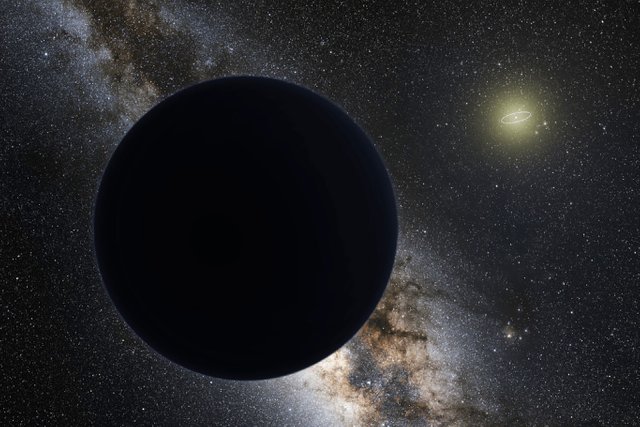The supergravity in the super-mountains: the difficult thing is not only to arrive, but to leave them

Leaving Earth is a major risk when it comes to manned missions, but we may still be grateful that it is actually "easy" and that we do it relatively often. That "luck" is due to the fact that the Earth's gravity is much smaller than that of other planets, and in fact it seems that the supertierras are so serious that their possible inhabitants could be trapped by it.
Supertierras are planets with a mass between one and ten times that of the Earth that are usually close to the star that orbit (which does not usually happen in planets of these dimensions). We talked about two of them a few months ago and the first thing we usually ask when discovering one is whether it would be habitable, but another question that arises is if there are inhabitants who could go out and explore space like us, and it seems that this would be complicated.
A huge rocket and no satellite television
With a gravity like the one estimated for these planets, leaving their atmosphere would simply be very, very expensive. Explains the researcher Michael Hippke in his study that the civilizations in these supertierras "would not have satellite television, lunar missions or a Hubble telescope", alluding to this supergravity that they are estimated to have, as they collect in Space.
As an example they put the launching a lunar mission Apollo, that in a supertierra ten times more massive than ours would need to have a mass of 440.000 tons due to the need of fuel. Bearing in mind that the deposit of Saturn V, the rocket for these missions, weighed (full) at the time of takeoff 2,700 tons, it is conceivable that the necessary rocket would be considerably larger, in fact these 440,000 tons are close to the mass of the pyramid of Giza, as they explain in Space.com where they echo the study.

Representation of the 55 earthwork Cancri e together with the Earth.
The large amount of fuel would be necessary to reach the 2.4 times higher speed needed on Earth to get out of it (the escape velocity on Earth is 11 kilometers / second). Following the simile of before, if what we wanted is to launch the James Webb space telescope with a Falcon Heavy rocket from that supertierra (which corresponds to Kepler-20b measurements) would need 60,600 tons of fuel, a mass equivalent to a ship of war.
A supergravity would complicate space exploration, but it would be beneficial to protect from space radiation
Hence, the idea that arises is that the alleged inhabitants of the super-mountains (superterrícolas?) Would have very difficult to start a space exploration like ours, although one of the advantages of having that extra gravity is that they would be planets " superhabitables ", since the atmosphere should be denser and therefore better protect the cosmic radiation.
Maybe they can not leave, but just in case ...
With the greatness of the universe, nothing should be ruled out, but it seems that this aspect would be a true limitation of space exploration as we know it supposing that these planets are already inhabited or become so. But the importance of these studies is to know better the conditions of these planets almost more in view of that possible habitability, although it is more than ten light years like Ross-128b (which is relatively close).
However, the belief that they exist is maintained, either by more or less crazy theories or by "visits" such as that of Oumuamua, coming to think that some other civilization had sent it to us. In fact, although, as we have already seen, establishing communication with extraterrestrial assumptions is almost impossible, our species does not cease in its efforts and this could be another possible solution for Fermi's paradox.
Will these supertierras be inhabited? Will we get to them? At the moment we have to settle for the information that we can draw light years away from them, given the distance is not much less.